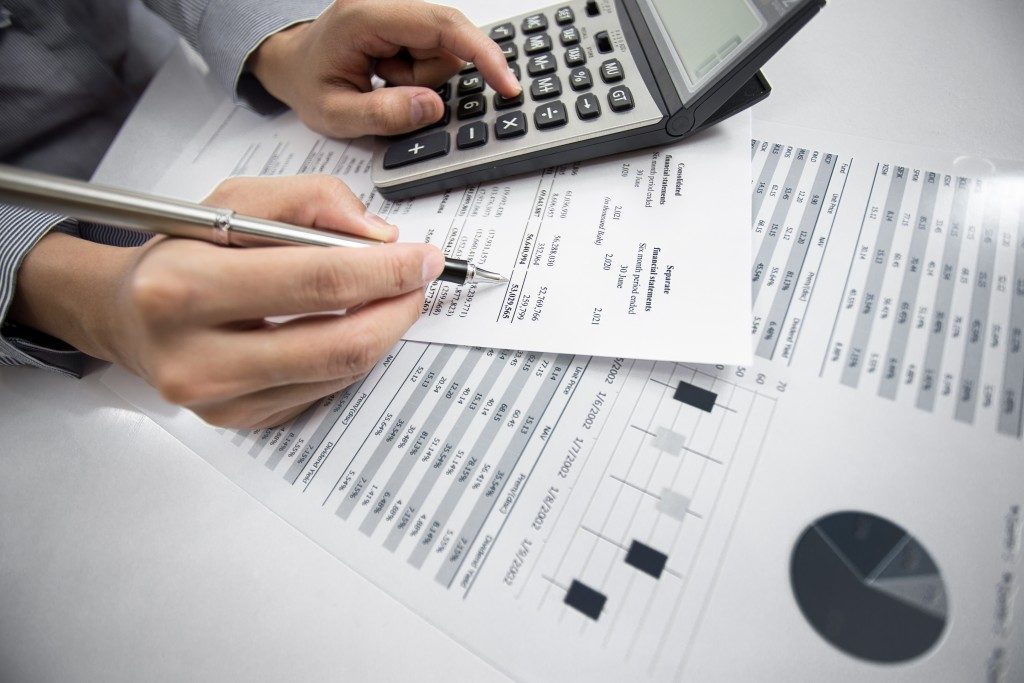It’s that time of year again. It’s November, which means that you should be preparing to file taxes before the end of 2019. If it sounds a bit overwhelming to you, it’s because it is. Don’t worry. A large number of first-time filers and students will have a hard time understanding tax reforms, tax forms, tax deductions, and taxable income, too.
Let these tips guide you on how to file your taxes properly. These tips are especially helpful to first-time filers. They can also guide people who may be considering a 1030 exchange in Texas or other states.
Know If You Should File an Income Tax
If someone else can declare you as a dependent (especially if you are a minor), you might not have to file an income tax of your own. But if you have done any kind of work this year and you’ve had tax withheld, you should file your own tax return. You should also consider filing a tax return if you qualify for education credits or other tax credits. You might even get a refund by next year.
If you worked the previous year but have not worked this year, you can have last year’s refund applied to this year’s estimated tax. This means that you still have to file an income tax even if there is no income tax to speak of this year. Many factors can guarantee a tax refund, so consider filing a return even if you don’t necessarily need to.
Prepare All Information
You can do this on your own or with the help of a professional. Either way, you need to gather the information that will prove the income you have earned, tax deductibles, and evidence of the taxes you have paid. Some other documents that you need are your Social Security number (as well as that of your spouse and children, if there are any), W-2 form, 1099 forms, retirement account contributions, state and local taxes receipt, last year’s federal tax return, educational expenses, classroom expenses, unreimbursed medical bills, charitable donations, and property taxes.

Download the Right Tax Forms
There are different tax forms for different tax situations. If you are employed, you need a W-2 form from your employer. This is the same form that your employer needs to send to the Internal Revenue Service (IRS) to report your annual income and the amount of taxes withheld from your pay. Form 1040 is the standard federal form that people use to report their income, deductibles, and credit. This form is used to compute the tax refund.
Decide If You Will Hire a Pro
You can hire either a tax attorney or an accountant to do your taxes. This is the clear choice for people who have multiple incomes, have a business or a side hustle, don’t understand the forms they’re getting in the mail, and want professional tax advice.
However, you can file your taxes by yourself, too. There is tax software that can help you do so. All you need is to enter the data being asked. This works if you get all your income from one employer and there’s nothing financially complicated about your files.
If there’s one thing that you need to remember about filing taxes, it is to prepare for them early. Gather all the information you need and make sure that they are up to date. The last thing you want to happen is to file your income tax late because you have missing documents. The IRS charges a 5% to 6% penalty for late filing.







